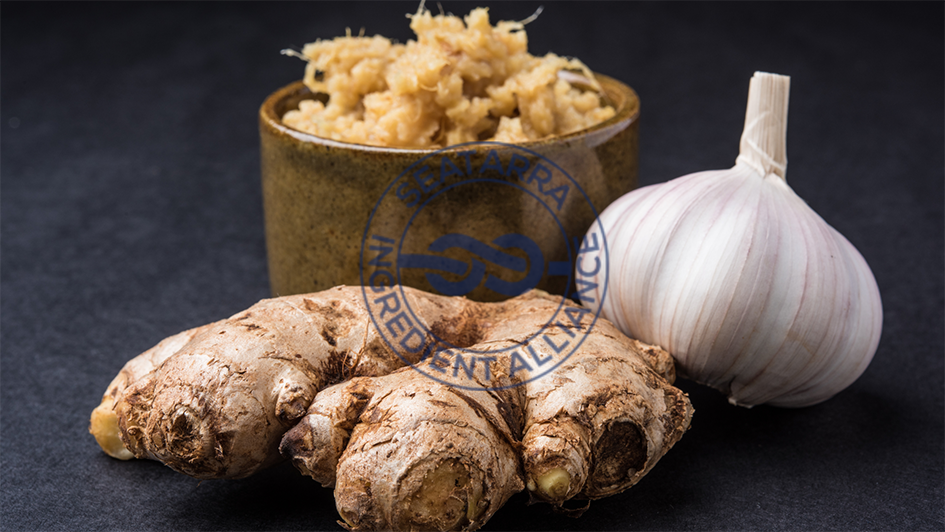
Natural Defenses: Herbal Alternatives to Antibiotics
In a world where antibiotic resistance is becoming increasingly problematic, many are turning to natural alternatives to prevent and treat bacterial infections. Herbal remedies, used for centuries across various cultures, offer potent antimicrobial properties without the side effects commonly associated with synthetic antibiotics. This comprehensive guide explores how certain herbs can act as powerful allies in enhancing the body’s natural defenses, providing insights into their mechanisms, uses, and how they can be integrated into daily health practices.
The Rise of Antibiotic Resistance
The overuse and misuse of antibiotics have led to the rise of antibiotic-resistant bacteria, a serious public health concern that threatens the effectiveness of current treatments for bacterial infections. This challenge has prompted a resurgence of interest in natural remedies, which offer a broader approach to combating bacteria without contributing to the development of resistance.
Potent Herbal Alternatives to Antibiotics
1. Garlic (Allium sativum)
Garlic is renowned not only for its distinct flavor but also for its broad-spectrum antimicrobial properties. Allicin, the primary active compound in garlic, has been shown to combat bacteria, viruses, and fungi. It is particularly effective against common bacterial strains such as Escherichia coli and Staphylococcus aureus.
- Scientific Insight: Studies have shown that garlic extracts can inhibit the growth of bacteria by disrupting the functions of their cell walls and interfering with their energy production.
- How to Use: To harness its antibacterial properties, consume garlic raw or take aged garlic supplements. For topical applications, garlic oil can be used on cuts and infections.
2. Ginger (Zingiber officinale)
Ginger, commonly used in traditional medicine systems, offers impressive antibacterial and anti-inflammatory properties. It is particularly effective in treating gastrointestinal infections.
- Scientific Insight: Research has demonstrated that gingerol, the bioactive component of ginger, can inhibit the growth of pathogens such as Salmonella and Proteus, and even some strains of drug-resistant bacteria.
- How to Use: Incorporate fresh ginger into your diet by adding it to meals or drinking it as tea. Ginger extracts are also available as supplements for a more concentrated dose.
3. Echinacea (Echinacea spp.)
Echinacea is best known for its ability to boost the immune system and reduce symptoms of colds, flu, and other infections. It has been traditionally used to treat open wounds and bacterial infections.
- Scientific Insight: Echinacea works by stimulating phagocytosis, an immune response in which white blood cells engulf and destroy harmful microorganisms.
- How to Use: Echinacea can be consumed as a tea, tincture, or in capsule form to prevent or reduce the severity of bacterial infections.
4. Goldenseal (Hydrastis canadensis)
Goldenseal is often used in herbal medicine for its antimicrobial and astringent properties. It is particularly effective against respiratory tract infections and gastrointestinal issues caused by bacteria.
- Scientific Insight: The key compound in goldenseal, berberine, has been shown to fight bacteria and fungi. It is also effective in inhibiting the adhesion of bacteria to human cells, making it harder for infections to develop.
- How to Use: Goldenseal is available in tablets, capsules, and liquid extracts. It can be taken at the first sign of an infection, following dosage recommendations to avoid potential side effects.
5. Tea Tree Oil (Melaleuca alternifolia)
Tea tree oil is a powerful antibacterial and antifungal agent, commonly used for skin conditions and wound care. It has proven effective against a wide range of bacterial strains.
- Scientific Insight: Tea tree oil components, like terpinen-4-ol, have been found to disrupt the cell walls of bacteria and inhibit their growth.
- How to Use: Dilute tea tree oil with a carrier oil and apply it to the skin for treating cuts, infections, and acne. It should never be ingested.
6. Thyme (Thymus vulgaris)
Thyme is highly effective against respiratory infections and conditions involving bacteria and fungi, including bronchitis and skin infections.
- Scientific Insight: Thyme contains thymol and carvacrol, which have been shown to possess strong antibacterial and antifungal activities.
- How to Use: Use thyme essential oil diluted in a carrier oil for topical applications, or inhale its vapors for respiratory relief. Thyme leaves can also be used in cooking or teas.
Integrating Herbal Remedies into Your Health Regimen
While these herbs offer potential benefits as natural alternatives to antibiotics, it’s important to approach their use thoughtfully:
- Consult Healthcare Providers: Always discuss with healthcare professionals before starting any new treatment, especially if you have existing health conditions or are taking other medications.
- Quality and Purity: Opt for high-quality, organic herbs and supplements from reputable sources.
- Education and Research: Stay informed about the latest research and developments in herbal medicine to make educated decisions about their use.
Conclusion
As antibiotic resistance continues to be a global challenge, natural herbal remedies present a valuable complement to traditional medicine, offering effective, low-risk options for treating and preventing infections. These herbs not only fight bacteria but also strengthen the body’s natural defenses, providing a holistic approach to health that is both ancient and profoundly relevant in modern times.



